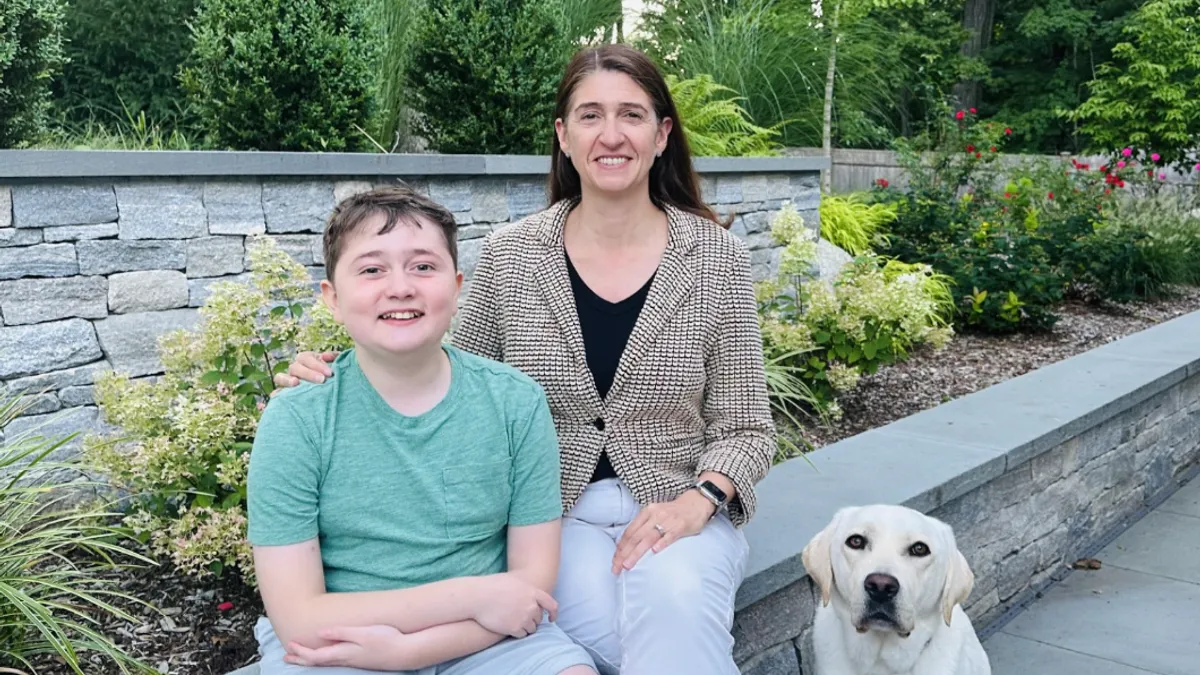Another gene therapy broke the record in March to become the most expensive drug in the world, serving as a reminder to healthcare systems that achieving market sustainability will require new ways of thinking. Can payers accustomed to the traditional pharma model adapt to a new age of one-time cures?
Orchard Therapeutics’ $4.25 million list price for the one-and-done rare disease gene therapy Lenmeldy eclipsed the previous record holder — also a gene therapy. That treatment, Hemgenix from CSL Behring and uniQure, won approval in 2022 and launched last year at a list price of $3.5 million. In fact, gene therapies have been outdoing one another in list price since uniQure’s Glybera launched in 2012 at more than $1 million per treatment before being pulled from the market having been administered to only one patient outside of clinical trials.
Despite the sticker shock associated with gene therapies, their promise of an effective cure for difficult diseases is here to stay. And the Institute for Clinical and Economic Review, an industry watchdog that examines drug prices in relation to a treatment’s medical impact, teamed up with a Tufts Medical Center think tank to explore payers’ options in the brave new world of ultrapricey therapies.
In just seven years, the FDA has approved 17 gene therapies, and the Tufts group, called NEWDIGS, estimates that more than 85 new gene therapies in 12 therapeutic areas will gain regulatory nods by 2032.
In the white paper released last week, the organizations explored how payers can work with drugmakers and patients to promote further access to gene therapies while addressing the lengthy and expensive development process that went into bringing these treatments into existence.
A fair price
ICER and NEWDIGS pointed to the drugmakers’ list price as a primary lever for improving access to gene therapies. ICER’s cost-effectiveness model is one way to do that by determining the value of a drug in terms of its impact on the patient both in length and quality of life.
Prior to Lenmeldy’s approval, ICER recommended a list price of between $2.3 million and $3.9 million based on a “health-benefit price benchmark.” Orchard’s eventual price of more than $4 million exceeded ICER’s standard, but the watchdog’s panel of experts couldn’t deny the treatment’s efficacy.
Furthermore, a gene therapy that is used once in a lifetime as opposed to chronically for years could cost less in the long run — ICER and NEWDIGS noted that a cure for hemophilia could be considered cost-effective as high as $20 million due to what payers already shell out over a patient’s lifetime with the disease.
But how much is too much? After all, small employers or programs like Medicaid don’t have unlimited funding and need sustainable models for reimbursement.
ICER and NEWDIGS recommend an “uncertainty discount” on the launch price that would take into account a gene therapy’s novelty. The cost-effectiveness of a gene therapy could be determined by an analysis that stretches out five years or more to “share financial risk between plan sponsors and manufacturers,” lowering the price at launch due to the uncertainty and then recalculating when those data points are realized later in the therapy’s market lifecycle.
Ethical concerns surrounding the “value” of human life have always made ICER’s job difficult, and the organization doesn’t deny that any pricing model highlights “the challenging interplay of evidence and values in setting priorities and pricing levels for these treatments,” according to the report. But the line being drawn would be a “shared savings” that allows a drugmaker’s return on investment to align with the benefit a gene therapy provides to society.
Milestones and subscriptions
One way to ensure the cost of a gene therapy reflects its value is to tie price to outcomes, and ICER and NEWDIGS present a few ways that could be accomplished.
Contracts could call for a full upfront payment with an option for rebates if the therapy does not meet expectations, the organizations said. For bluebird bio’s sickle cell disease gene therapy Lyfgenia, priced at $3.1 million, payers who select this option would be granted a rebate if a patient is hospitalized with sickle cell complications within three years of receiving treatment. Similarly, a drugmaker could offer a warranty for future payer expenses associated with a failure to meet a therapy’s promise.
A third alternative would involve installment payments over time based on positive outcomes.
But for this to happen, payers also need to be ready for these kinds of strategies, ICER and NEWDIGS said. The Centers for Medicare and Medicaid Services need to clarify their regulations to adapt to new payment methods and build organizational capacity to do so, according to the report.
For any small insurer, a sudden bill for millions of dollars can still have a big impact on the overall budget, and that’s where ICER and NEWDIGS recommend a type of insurance for insurers — rather than excluding coverage altogether, payers should protect themselves against unexpected claims through “stop loss” insurance.
In the same vein of pooling resources to pay a big one-time claim, subscription models among payers could spread the cost over a wider group of patients. Called “financial protection programs,” large payers like Aetna/CVS, Cigna/Evernorth and United Healthcare/Optum have their own versions of this model. Although the premium for these programs remains high, ICER and NEWDIGS said the model could become useful as more gene therapies enter the market.
Finally, a public option from the federal government could make gene therapy payments more sustainable, carving out of tax revenues or payer fees to do so. However, ICER and NEWDIGS pointed to issues in past iterations of this type of program as a result of inefficiencies and potential for misuse.
As innovative gene therapies become more prominent in the treatment landscape, ICER and NEWDIGS said two or more of these strategies could be implemented at once through policy “stacking” to provide the best sharing model between drugmakers, payers and patients.



















